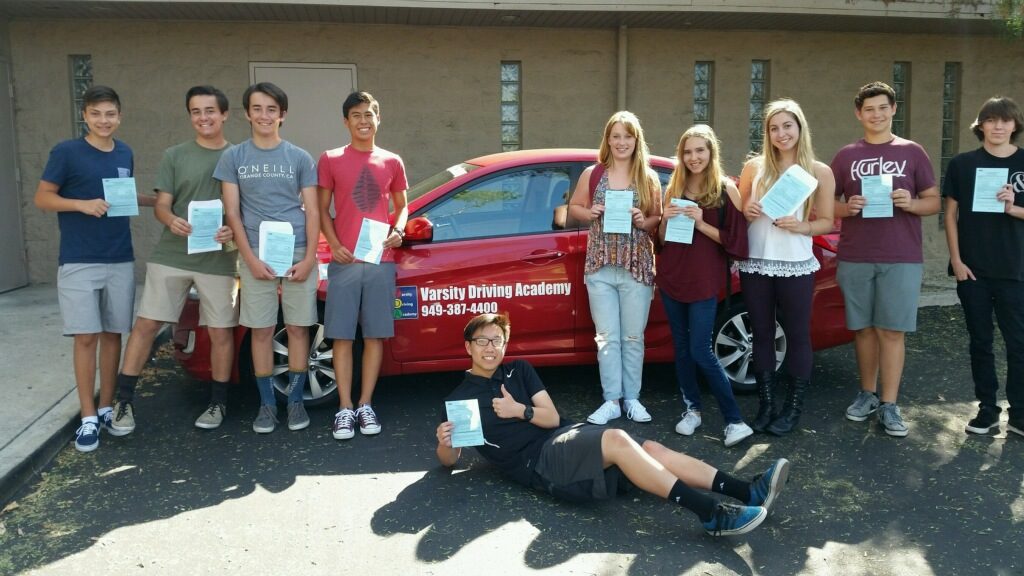Rules For Making Right Turns
While practicing, it’s important to give enough attention to every aspect of driving before moving on to the next step when practicing. One aspect of driving that should get some time in the spotlight is making right turns. Once driving forward has been perfected, parents can set aside some time for the right turn.
Rules For Making Right Turns | When to Start a Turn
There are many steps to making a proper right turn. In order to make the turn properly. You need to start about 200 feet before the actual turn. The first step is to signal to other drivers that you will be making a right turn. You can signal by using your blinkers by pushing the turn signal lever upward. That will turn your right signal on.
Drivers behind you and in front of you are now aware that you will be turning right. You can now safely maneuver the car toward the right side of the lane, just make sure the coast is clear before adjusting your car’s placement in the lane.
Stay Aware
Before making a right turn, drivers need to be aware of multiple aspects of their surroundings. Knowing how the traffics is ahead, behind, and to either side is important. While surrounding traffic is important, so are signs, lanes, and pedestrians.
You will need to check your side view and rearview mirrors to ensure no one is in your way. This helps protect you as well as anyone that might be in a blind spot. Drivers should also be aware of any bikers in the bike lane, or pedestrians on the sidewalks.
Vehicle Placement
Before making a right turn your vehicle needs to be in an ideal position. The front of the vehicle should be two to three feet from the curb before making the turn. Once in the proper position, the turn can begin. Approaching slowly, the front of the vehicle should enter the intersection.
Begin to turn by steering hand over hand to the right. Once the turn is complete, the vehicle should remain in the lane closest to the curb. Once the vehicle has been straightened in the turn, you can begin to change lanes if necessary. Making right turns is fairly simple however many things can alter the outcome. That is why we take these steps.
Vehicles must yield to all pedestrians, avoid bikes in the bike lane, and yield to oncoming traffic.





